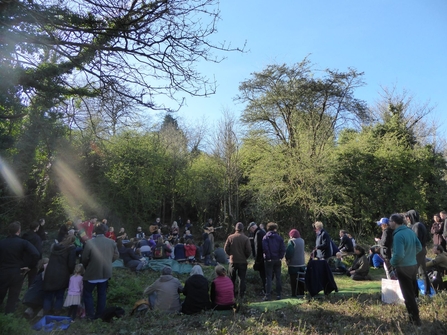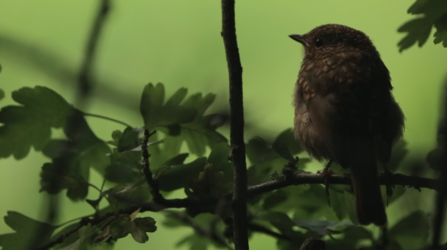Continuing a series of blogs on the Great North Wood, project officer Edwin Malins celebrates the 30th anniversary of London Wildlife Trust’s management of New Cross Gate Cutting.
New Cross Gate Cutting (also known as Brockley Nature Reserve) is part of a string of young woodlands bordering the railway line from New Cross Gate to Forest Hill, which together make up a Site of Importance for Nature Conservation.
London Wildlife Trust launched the Great North Wood project in 2017 and now works with volunteers, community groups, landowners, and councils, to revive and reimagine this ancient landscape as a home for nature and people.
History of New Cross Gate Cutting
A cutting was first dug through the area in 1809 for the opening of the Croydon Canal, an ultimately doomed project that cut a course through what was then a fairly rural landscape. The canal closed in 1836 after being bought by the London & Croydon Railway, which opened a new line along the route in 1839. The railway company straightened and widened the canal cutting to the route that we know today.
The fledgling railway experimented with the futuristic ‘atmospheric railway’ between 1844 and 1846, where a pipe below the train housed a piston sealed with a leather valve. Air would be pumped out of the pipe, drawing the train towards the pumping station using the vacuum. The concept worked to some extent, but rats chewing through the leather seal ultimately caused the novel invention to fail.
A licence agreement was signed in 1988 between British Rail and London Wildlife Trust for the cutting to be managed as a nature reserve, with similar agreements being struck with Lewisham Council at Devonshire Road, Garthorne Road and Dacres Wood nature reserves further down the line.




